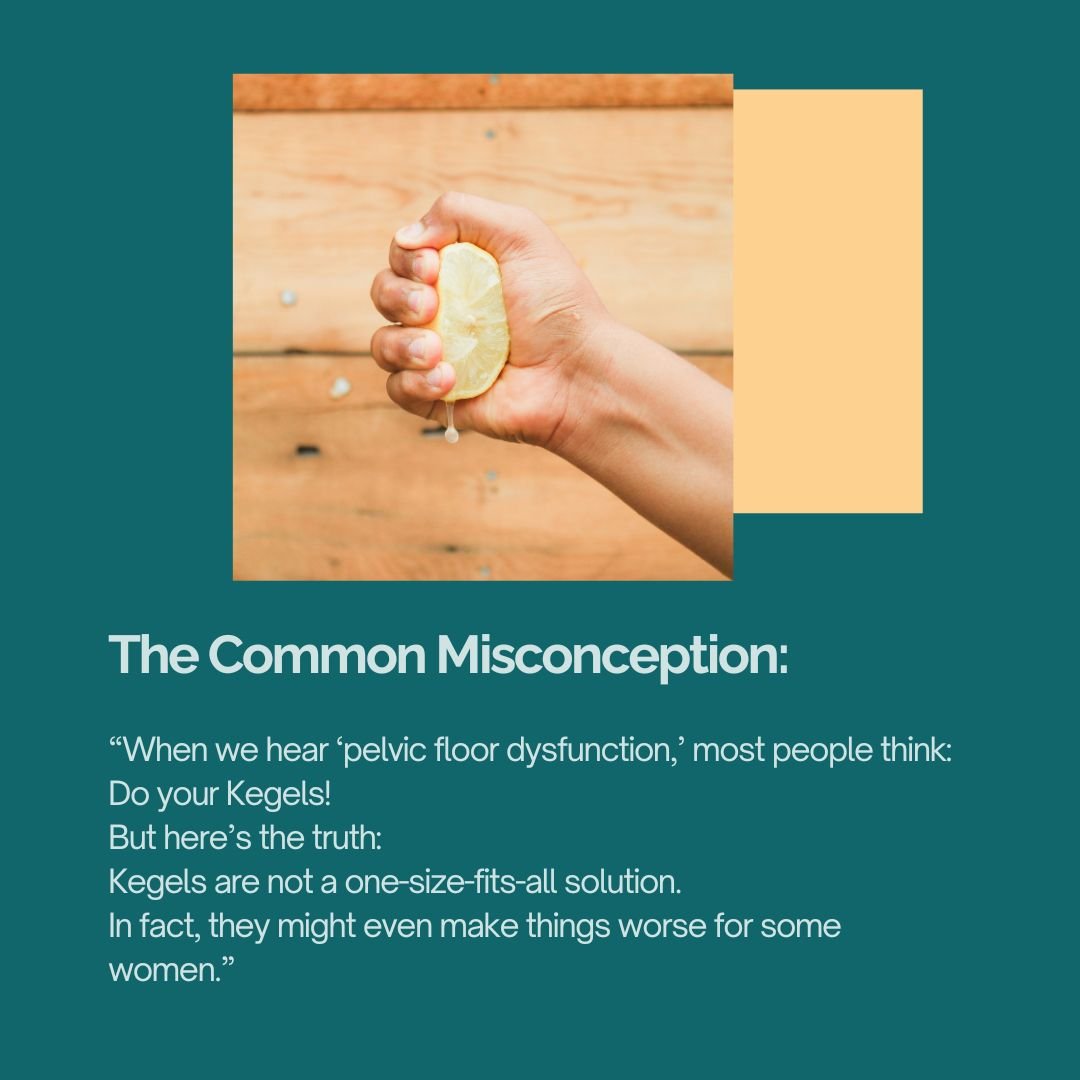
Insights
Pathways to Pain Relief: Insights and Resources for Your Journey
Slow Down: The Truth About Apnoea Practice and Pelvic Floor Health
There’s something that’s been bothering me lately, and I need to get it off my chest. Some clients are being told by PT trainers and physios that the goal is to do 30 apnoeas per session—as if hitting that magic number is the secret to pelvic floor perfection. It’s almost as if these practitioners just can’t quite let go of their Kegel fixation—count, squeeze, repeat.
But here’s the thing: That’s not how Hypopressives—or your pelvic floor—actually work.
Why Kegels May Not Be the Best Choice for Most Women with Pelvic Floor Dysfunction
Your pelvic floor isn’t meant to work in isolation—it’s part of a complex, coordinated team. It works alongside your diaphragm, deep core, hips, feet, and nervous system.
What your body really needs is a responsive pelvic floor:
One that contracts when needed, relaxes when it’s safe, and moves rhythmically with your breath and posture.
Kegels isolate the pelvic floor from this team. They often fail to restore true function—and can even create further imbalance.
Should I start doing kegels again?
Hypopressives work by using breath and posture patterns to first release the tension and get back a great resting tone and secondly by using our bodies own lift system via our diaphrams and fascia to create a deep lift inside our abdominals that create a traction upwards of our pelvic organs- reducing pressure and allowing our body breathing space to heal.
So, yes you can do traditional kegels again if you want to- but be mindful that you release fully after each squeeze - this can add a little help to creating more support from below the pelvic organs as we use Hypopressives to lift from above.


